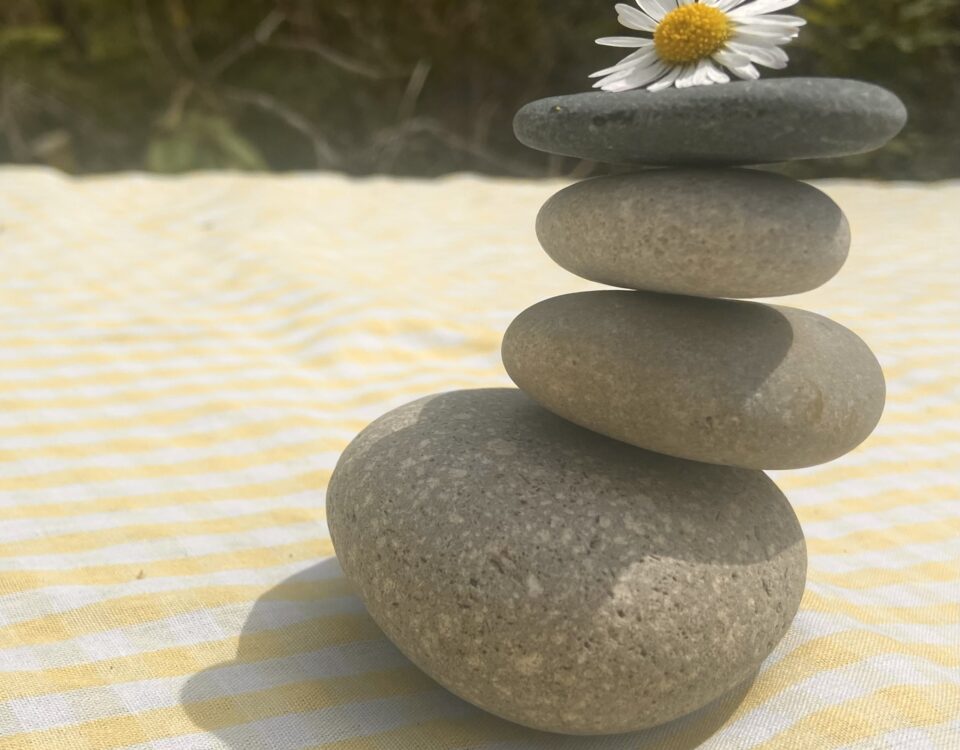Don’t Look at Me That Way
January 31, 2008Waiting for Tone
February 4, 2008Hoo Ha
As a crossword puzzle addict, I tend to skip right past the front page of the New York Times to the Arts section, leafing through music and movie reviews until I get to Will Shortz’ grid. I time myself on Monday’s entry – it’s the simplest, most straightforward. As the week progresses, though, there’s a lot more nuance, subtler understandings instead of uncomplicated definitions. By Friday, I’m still working on Thursday’s. I finished a Sunday puzzle. Once. A week later.
Seven letters: How the body responds to stress. The Monday answer would be disease.
Recently, in books and videos on health, writers and speakers have had some wordplay fun with disease. Dis-ease, they say, causes disease. Stress is the culprit, with the standard recommended solutions: Quit the rat race, talk to your spouse, unplug a few entertainment gadgets and maybe your blood pressure will drop or the arthritis flares up less often. When your lifestyle is off-kilter, your body becomes off-kilter. Stabilize one and the other follows. You created this mess but you can also fix it.
Five letters: Hoo ha. Yes, there’s a simple truth in all those articles. Studies have shown that stress is not our friend. But when a disease strikes whether we are or aren’t climbing the corporate ladder, the answer isn’t so easy. I’ve read the health writers’ and speakers’ bios who espouse the dis-ease theory. None of them have an incurable, progressive disease.
But, even though I didn’t create the mess, I can fix it: the fear, the struggle, the mental dis-ease that comes with this disease. The power of yoga – which means to yoke or unite – is the connection between mind and body, living in the present moment in both, creating balance that calms and relaxes. It’s not an answer; it’s more of a challenging approach that can take some time, more like a Sunday crossword.
Seven letters: How the mind and body respond to yoga. Connect. Present. Balance. All calm, Only now. So many possibilities.


